
CINDERS AND SPARROWS
Explore the haunted halls of Blackbird Castle.
Not loading? Click here to open the game in a new tab.
The Music of CINDERS AND SPARROWS
To hear more, click here. You’ll be whisked off to the Music page.
CINDERS AND SPARROWS
The Picture Gallery
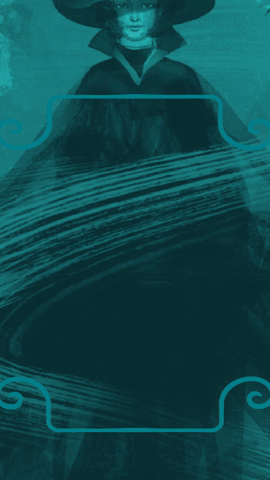

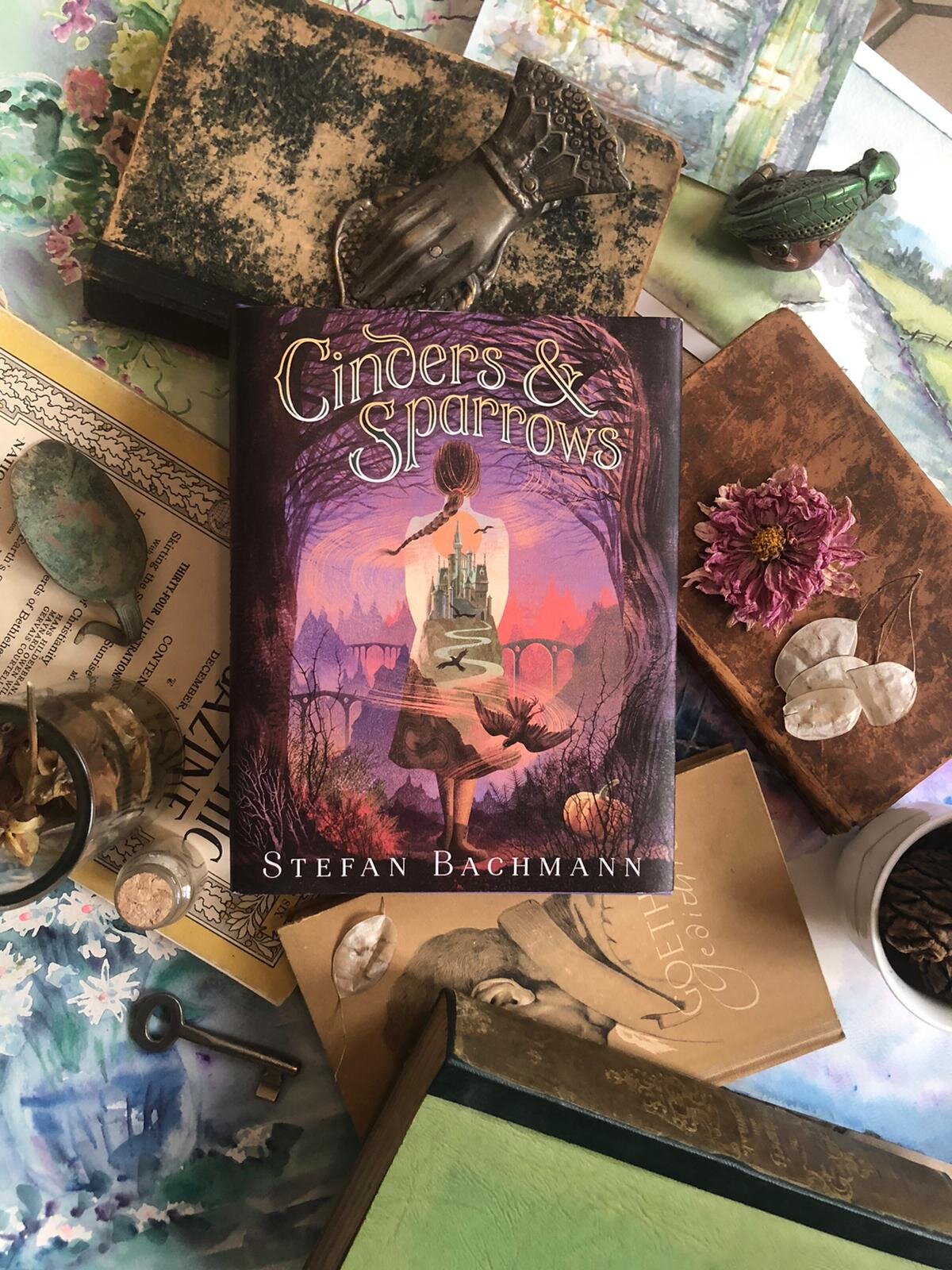







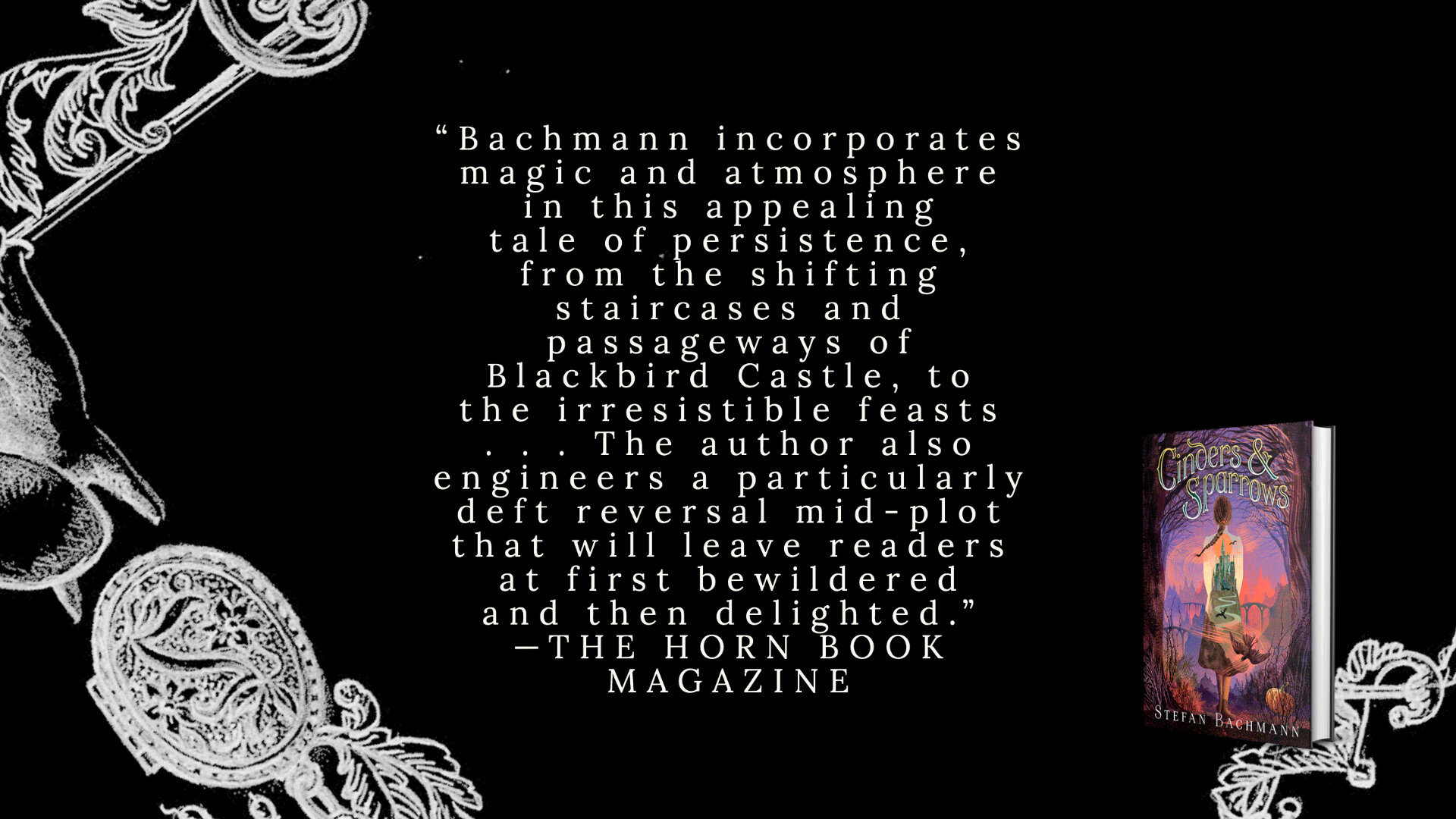

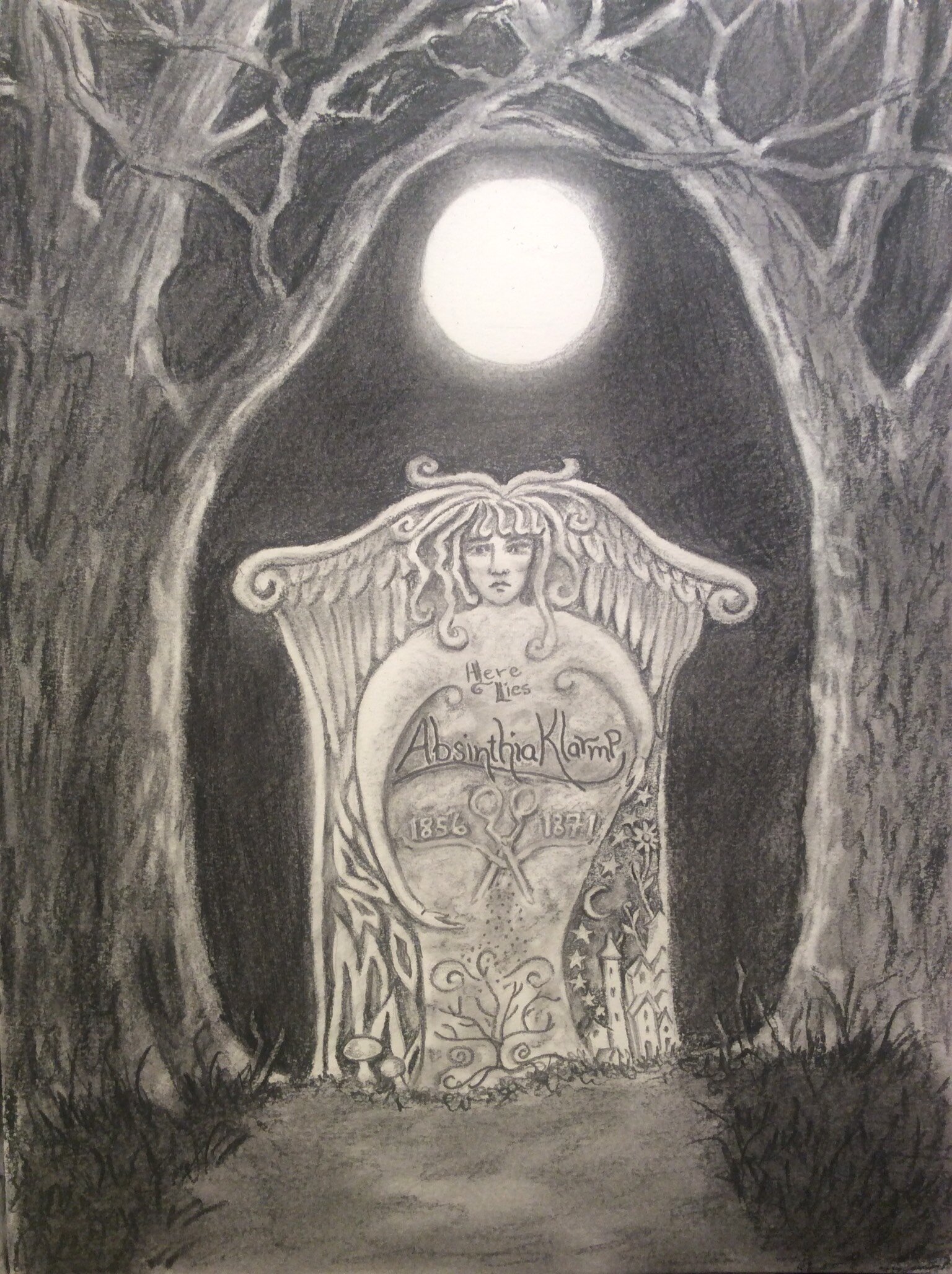

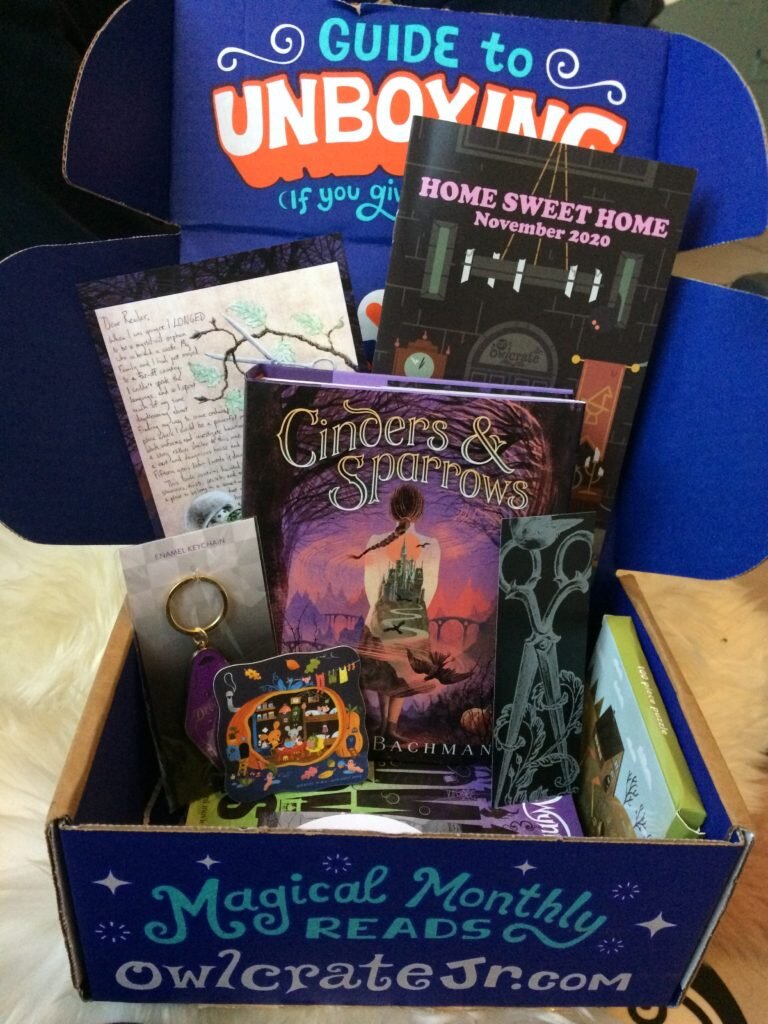






Read a deleted scene from CINDERS AND SPARROWS
In which Zita stumbles upon her guardian, Mrs. Cantanker, eating something rather disturbing.

Looking for short, creepy stories, perfect for Halloween or classroom read-alouds?
Visit here for dozens of brief and not-so-brief tales by Stefan Bachmann and his fellow curators Katherine Catmull, Claire LeGrand, and Emma Trevayne! A selection of these stories, as well as exclusive new ones, are available as an anthology from Greenwillow / HarperCollins, illustrated by Alexander Jannson.
Frequently Asked Questions
For The Peculiar
How did you get the idea for The Peculiar?
I wanted to write a book about all the things I enjoyed. So, steampunk, English folklore, Victorians, creepy cities, strange creatures, magic. Basically, I wanted to *read* a book with all those things, and because I couldn’t find it in bookstores at the time, I tried doing it myself. The themes of the book – Bartholomew’s loneliness, Mr. Jelliby’s brave and well-meaning ineptitude, the conflicts surrounding in-groups vs. out-groups, and how being part of a large group of any sort may well lead to some form of inhumanity – all came about mostly subconsciously, but were very much things I had dealt with growing up. I used to tell people the book had nothing at all to with my own life, but now, much later, I’ve come to realize that Bartholomew and Mr. Jelliby and their England definitely sprang from a place very close to my heart.
How many books will there be in the series?
Two. The Whatnot is the concluding book – it has a proper ending and everything – and my next books will be quite different.
For Cinders and Sparrows
Will Cinders and Sparrows be a series?
Right now there aren’t any plans for more books featuring Zita and Blackbird Castle, but I’m so happy when readers email me to ask this question. And who knows! Right now, I have a lot of ideas and half-finished stories in the pipeline that I want to work on first, but maybe in the future there will be more Zita books.
For A Drop of Night
Is A Drop of Night related in any way to your other books?
No. It does have some of the creepy elements from the fairy books, but the writing style is a bit more modern, and it’s more of a thriller than a whimsical fantasy.
Is A Drop of Night a standalone?
Yes. There will be no sequels.
General Questions
I’ve written a book. Can you read it / help me get it published?
Congratulations on finishing a book! That’s awesome and hard, and I give you the highest of fives. I *wish* I could read it and help you, but alas, I don’t have very much time anymore. However, I can point you in the direction of some good places to find critique partners and publishing advice.
I started out on a site called AbsoluteWrite WaterCooler, which is a vast forum of writers at various stages in their publishing careers. I found it super helpful. Getting a literary agent all the way to submitting manuscripts to New York publishing houses is all on there, and if it’s not, there are tons of smart people who will be able to answer the more complicated questions you might have. For younger writers there’s also Wattpad and Figment, where you can post stories and get them reviewed. Good luck!
I keep starting to write books but can’t seem to get past the first few chapters. What should I do?
This happens to me, too, and it usually just means I don’t know enough about the book I’m trying to write yet. Try outlining the story in advance. Make a list of wishes, fears, hopes, and dreams for each of your characters so you can get to know them. Try to make something exciting, funny, or interesting happen in each chapter, in each paragraph, in each sentence. If you’re feeling particularly daring, try writing the ending first so you can point all the action in the book toward it. And then just write, word after word, until it’s done.
I read your book in German and I know you live in Switzerland, but whenever you tweet/blog it’s in English. Why is that? Do you translate your own books to German?
I was born in the United States and I write all my books in English. They’re first published my US publisher, and then translated into other languages afterwards. I don’t translate any of my own books. While I speak Swiss-German and High German tolerably well, I don’t feel ready to translate my own work.
What are you working on now?
My current work-in-progress is a standalone children’s book inspired by the Italian Renaissance, 19th century concepts of Moon exploration, Jules Verne, and Victorian superheroes. It features a gang of children with bizarre powers who live in a sewer, an ocean made out of painted wooden waves, poisonous candy, gravity barges, monsters, murder, and mystery. I’m very excited about it. It’s very long, the longest book I’ve ever written, but it will hopefully be out sometime this decade.
I have a question / I liked your book / we should be friends. How can I reach you?
Thank you! You can reach me by email, but I’m really, rrrreally slow at answering. I do so appreciate people taking the time to write, though, and I love hearing from you guys. It just might take me anywhere from a day to several months to reply, depending on what’s going in my life right then.
If you don’t want to wait that long, I’m on Instagram and my blog much more regularly, and will usually reply there pretty quickly.
You were young when you were first published. I’m young, too. What’s your advice for young writers wanting to be published?
The best advice I can think to give is, ‘Don’t think of yourself as a young writer’. You’re a writer, full-stop. Everyone has to go through the same process, regardless of age; everyone has to write for endless hours, rewrite, work hard, weep over sections that aren’t turning out, and then rewrite again. It doesn’t matter whether you’re 15 or 55.
Here’s the advice wiser folks have given me: read as much as you can, all different kinds of books. Write as much as you can, even sometimes when you don’t feel like it. Write about things you care deeply about, things that intrigue and delight you. Find someone who will encourage you and read your writing, but don’t be afraid to keep your writing to yourself until you feel ready to share it. Choose carefully the people you entrust your stories to during the writing process, and make sure you respect their opinions. And whatever you do, don’t give up!
PECULIAR ART BY THIERRY LAFONTAINE
Peculiar Art is a series of original art for The Peculiar from Thierry LaFontaine.




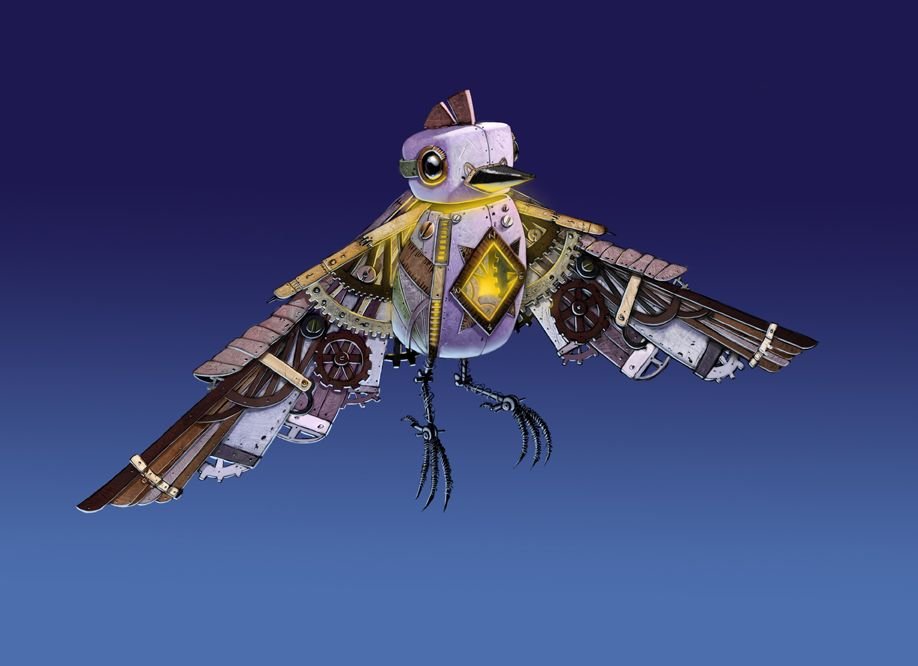
PECULIAR PIECES
Peculiar Pieces is a series of original score for The Peculiar from Stefan Bachmann.

DISCUSSION GUIDE
If you’d like to use The Peculiar as part of your class’s curriculum, the publisher has put together
a printable discussion guide which can be downloaded here:
German: Diogenes Verlag
Portuguese: Editora Record
Czech: Euromedia
Polish: Fabryka Slow
Norwegian: Front Forlag
Spanish: Grupo Editorial Norma
UK, Australia, and New Zealand: Harper UK
Slovak: Ikar
Russian: Eksmo
Persian: Behdad Publishing
Foreign Publishers
FAERY ENCYCLOPEDIA
Changeling — The child of a faery and a human, a changeling is small, sickly, and sharp-faced, and, if his faery-blood is particularly strong, he will have branches growing out of his head instead of hair. He is not expected to live past the age of twelve. Don’t get yourself noticed and you won’ get yourself hanged, is the changeling’s most important rule, but he is often not very good at following it. Half-bloods are forever being hung by the superstitious lower class, or stolen by the faeries who hate them for their ugliness. They spend most of their short lives locked-up and hidden away, and that is how we meet one lonely changeling by the name of Bartholomew Kettle. Bartholomew has not ventured out-of-doors in years. Until one day… one day, he must.
Faun — A faery with the legs of a goat and the upper body of a bent little man. According to Old Country lore, they have their origins in a faery queen’s curse gone wrong. She swore to a boasting suitor that he would from that day on only be able to bleat as goat. But perhaps she was not very good at magic, because instead of his tongue and voice-box changing, his legs turned into goat’s legs, and all his offspring after him had goat legs, too. However, this is story unfounded and without any scientific basis whatsoever.
Fauns are not common; in general either their goat-half, or their fay-half take over before they mature. But those that have been recorded have a history of malevolence and cunning, and a propensity for magic-working. Now, in England, they keep to themselves and are rarely seen in cities and streets.
Fire Spirit — Powerful elemental faeries that have no form, but are only invisible essences which can dart from match to candlestick to fireplace without a sound. A fire spirit was allegedly responsible for the burning of the old Westminster Palace in 1834, though many suspect that is simply anti-faery propaganda.
Gnome — The gnome is a sharp-toothed faery with gray-green skin, like a rock in the rain. He is by nature a solitary faery, and distinctly unpleasant, with a foul temper and a fouler tongue. He is not well-suited to the sooty streets of London and will do his utmost to be disagreeable to you as if you were personally to blame for all the ills of this world.
Goblin — Goblins are the bread-and-butter of English faerys. They are short and stocky, with rough brown skin like tree-bark. They work hard and have adapted surprisingly well to the faery slums and fuming factories. They can be kind and generous, more so than most other faerys sorts, whose only thought is to play tricks and work mischief.
Lamp Faerys — little glowing faeries that are put inside streetlamps to light the way of city-dwellers by night. These faeries are often rude and spiteful, but cheaper than oil and lamp-wicks.
Penumbral Sylph — The penumbral sylph is a faery shrouded in mystery. Very little information exists on its species, and few of the great faery chroniclers have included it in their works. The original handwritten manuscript of John Spense’s definitive piece, Encylopaedia Faerye, was thought to contain a description, but those pages were stolen before the book was printed and have never been found. All that we know of the penumbral sylph is from hearsay, whispers, and old wives’ tales. It is said that the sylphs are rare and swift, with black wings many times larger than their bodies, and that they travel in dark packs across the sky. Some claim they have power to spin the very substance on which the world is drawn. Who will ever know. . . ?
Pisky — The pisky is a diminutive faery, sometimes with wings, sometimes earth-bound, often with a small hat sewn of hair and offal tucked behind its ears. Its species is a great nuisance, and piskies are often swatted like flies. They can be dispatched in this way without any weight upon one’s conscience, as it is generally agreed they have no consciousness to speak of.
Sidhe — Once, in the Old Country, these faeries were lords and ladies with great halls of their own. Now, locked in England, they have been stripped of their power and have gone into hiding. But they never stopped scheming and hatching plans, and now, slowly, they are re-emerging. John Wednesday Lickerish was recently voted into the House of Lords, whether by magical deception or because he is so wise, no one knows. Sidhe are elegant, spindly, and pale as death. They are also sly and incredibly intelligent, and they hate the English with every bone in their bodies.
Spryte — Slender and delicate, sprytes have long pale fingers and antlers like a deer. Their quick wits are matched only by their quick hands, and they are infamous throughout England as pickpockets and spies. If you glimpse one during your daily business, you have likely been stolen from without even knowing it.
Troll — a rare thing indeed in England. No one knows how many trolls came from the Old Country when the door opened in Bath, but they did not adapt well. They are too huge, perpetually angry, and need much space and freedom to live. Eyewitness accounts say there are some far in the North, in the wilds of Scotland, but these accounts have not been substantiated. At one point, our hero, Mr Jelliby, meets a blue troll with storm-grey eyes that is working as a sort of cab-service in the faery city of Bath, and he rides the palanquin strapped to its back. But Mr Jelliby is a generally oblivious sort and was certainly unaware of the great beast’s rarity at the time.













